If you’re a writer of fantasy fiction, you’ve no doubt been faced with the prospect of making a map. A lot of novels in the genre contain beautiful maps that draw us deeper into the world. We want to give our readers that same experience too. But creating a fantasy map isn’t a straightforward task.
As we’ll see below, there are lots of considerations, such as how realistic you want it to be. So in this guide, we’ll take a detailed look at how to make a fantasy map.
Not only will we cover some simple steps you can take to design a world map, but we’ll also go over the geographical laws of our own world which can help inspire your own fantastical creations.
It all ties in with worldbuilding, so if you need some prompts on that front, you can find lots of help here too.
Click below to jump to the section you’re most interested in.
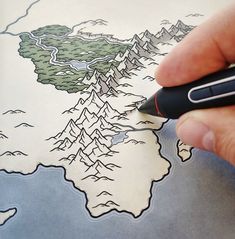
Learn How To Make Fantasy Maps
- How To Make A Fantasy Map
- Oceans And Seas
- Rivers
- Lakes
- Deserts
- Forests
- Mountains And Volcanoes
- Hills And Valleys
- Swamps And Wetlands
- Snow And Ice
- How To Make A Realistic Fantasy Map
- Planning Your World
- How To Draw A Fantasy Map
- Online Fantasy Map Makers
- More Resources On Fantasy Worldbuilding
- More Guides On How To Make A Fantasy Map
How To Make A Fantasy Map
The aim of this guide is to provide you with the fundamentals to help you with the process of creating a fantasy world map.
It’s also important to remember that this is just a guide. A big part of fantasy writing revolves around creating new worlds. Making fantasy maps is just a part of that process.
It’s up to you whether to change the rules of your world or not. What we’ll look at below looks at more realistic mapmaking. It’s important to learn these details even if you plan to deviate, however. Plus, you may get new ideas and inspiration.
Before we dive into the nuts and bolts, it’s useful to provide a quick guide on how to make a fantasy map. You can then study the extra details found below, like where to place mountains and rivers.
Step 1: Create A Rough Plan
Before you start scribbling your world into being, it really does help to have an idea of what it is you want it to be like.
One of the best places to start with is the land. Is it an island? A mountainous place? A city? A land of dense forests? Or perhaps it’s a combination of all of them.
Once you’ve got an idea of this, one thing that helps to bring it to life is to think about landmarks. These landmarks could be symbolic of other aspects of the fantasy world you’re creating.
So, if your world is set in a medieval era, you might include a castle or tower, or perhaps the ruins of them from times past. If your world is set in an underwater or aquatic environment, you might include an underwater cave or an underwater city.
In sketching out a rough draft of your world map you begin to get a real sense of the layout and flow of your world. And using this rough draft you can add additional elements to your world, such as rivers, forests, deserts, and other terrain features, which we’ll come to below. In essence, this is the foundation of all fantasy maps.
Step 2: Add Layers To Your Map
Once you have the rough plan, you can begin to add layers of detail to your map.
We touched upon this above with the landmarks. It’s here you really want to expand. Think of the likes of towns, cities, strongholds, caves, waterfalls, forests, hills, mountains—anything that could be a place of interest on a map. For example, a fire-breathing dragon may live in one of those caves. This kind of detail draws the reader in; the world feels alive to them.
As we’ll explore below when we discuss rivers and oceans and seas, the positioning of these landmarks is important. It always helps to start with the practicalities. For instance, if you have a city with thousands of people, they need a reliable food and water source. Placing that city by a river or coastline therefore makes sense.
Step 3: The Finishing Touches
Making a fantasy map is actually quite easy. The last thing you need to do is to simply add some finishing touches. This could include adding a compass or key that explains some features of the map.
I also like to add interesting details like sea monsters or dragons or monsters lurking in caves or woods. Think about the type of curious fantasy maps you’ve seen over the years and the little details that have caught your eye.
You can also add names to your towns, villages, cities and locations. You can also name rivers and oceans. If you need any help with coming up with names, check out my fantasy name generator tool.
Oceans and Seas
Given their empty vastness, oceans don’t tend to feature much on the fantasy map; seas are more prominent given they’re often found closer to land. Throughout history, humanity has made its home by the sea. Around half the world’s population live within coastal zones. It provides a multitude of opportunities to survive—food, water, bathing, energy sources, tactical advantages over enemies. It’s unsurprising then, that many fantasy stories feature a sea of some kind. Here are a few things to keep in mind.
- Oceans form over millions of years. Various theories exist as to how they came about. Some say the earth was struck by a water-rich meteoroid. The more likely theory is that they were formed by water vapour and other gases escaping from hydrothermal vents at the bottom of the ocean. You might have seen them on Blue Planet. Other sources are rivers and rain.
- Mankind needs oceans to survive. They produce over half of the oxygen in the atmosphere. Oceans absorb the heat of the sun, transfer it to the atmosphere and distribute it around the world by ocean currents, thereby regulating the weather.
- ‘Ocean’ and ‘sea’ are terms often used interchangeably, though there is a difference between them. Seas are small than oceans, usually located where the land and ocean meet. They are often partially enclosed by land. This map of Midkemia, one of the worlds in Raymond Feist’s Riftwar Saga, is a good example of a fantasy map with various seas.
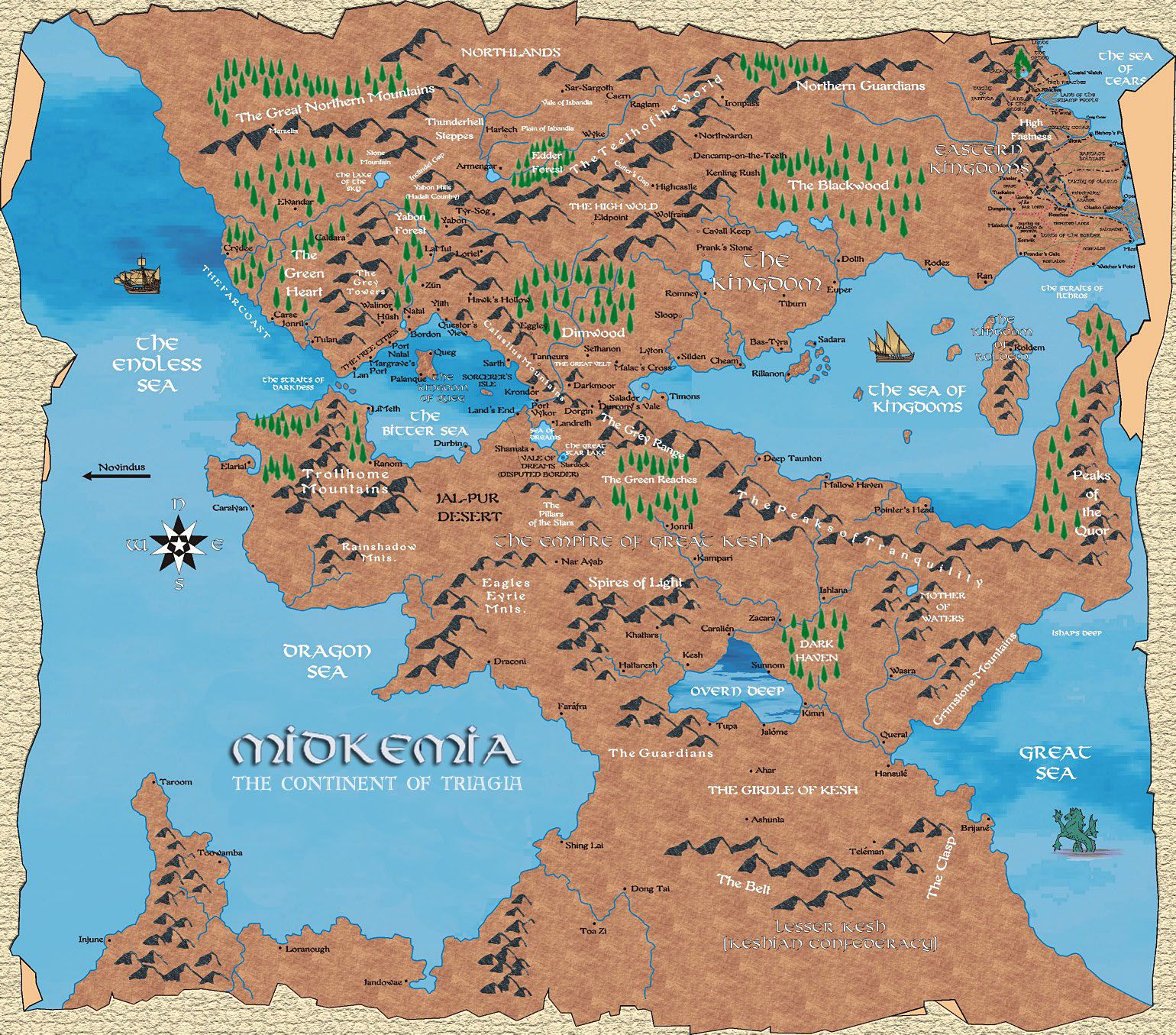
Rivers
Rivers are the veins of the planet, carrying fresh, life-giving water across the land. Major civilizations have found their homes along rivers, such as the Mesopotamians, the Egyptians and the Chinese.
- Most rivers start life as a stream trickling down a mountain slope. These streams can come from underground springs, melting snow and ice or rainwater. The beginning of a river is known as a headwater.
- Rivers take their shape by following cracks and folds in the land. Small streams join together until they reach a size big enough to be classed as a river. No two rivers are the same. Each shapes the land in its own way.
- The land is shaped by the river as it makes its way to the ocean, eroding rock and carving out valleys. Rivers can change over time depending on the makeup of the river bed—soil, sand, rock, clay.
- Rivers widen and narrow and take snaking routes, called meanders.
- The small streams which flow into a river are known as tributaries.
- I’m sure you know what a river bank is. These areas are rich in nutrients as a result of flooding, but they also provide protection from flood damage, as well as filtering run-off from the land.
- The end of a river is known as a mouth or delta. Lands flatten and the water loses speed, usually around the point it meets the sea, lake or ocean.
- Some rivers flow year round, others are seasonal and form during wet seasons.
- A river can be a kilometre long or stretch the length of a continent. Some examples of the lengths of real-life rivers: Nile – 6,853km long, Amazon – 6,992km, Mersey -112km (I’m from Liverpool, I had to include it), Congo – 4,700km.
- Some countries have no rivers—there are eighteen on earth—and others have shit loads. Russia, for example, has around 100,000.
If you’re keen to learn how to make a fantasy map, then ensure you appreciate the significance of rivers.
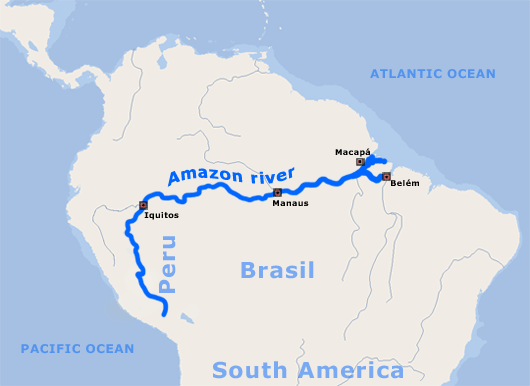


Lakes
There are a fair few lakes on earth. Around 117 million to be precise. They litter the land and invariably find their way into fantasy maps too.
- A lake is a body of water surrounded by land. They are found in every kind of environment: mountains, deserts, on plains, near coasts.
- They vary in size, from ponds to seas, the Caspian Sea arguably the largest lake on earth.
- Lakes can form in various ways. Water can fill craters left by dormant or dead volcanoes, by glaciers, or from craters left by meteors or asteroids.
- Lakes evolve over time, and like humans, they age. Over hundreds and thousands of years, their basins fill with sediment and vegetation, growing shallower until eventually, they dry up.
- Most lakes are fed by rivers, streams, run-off from the land, and rain.
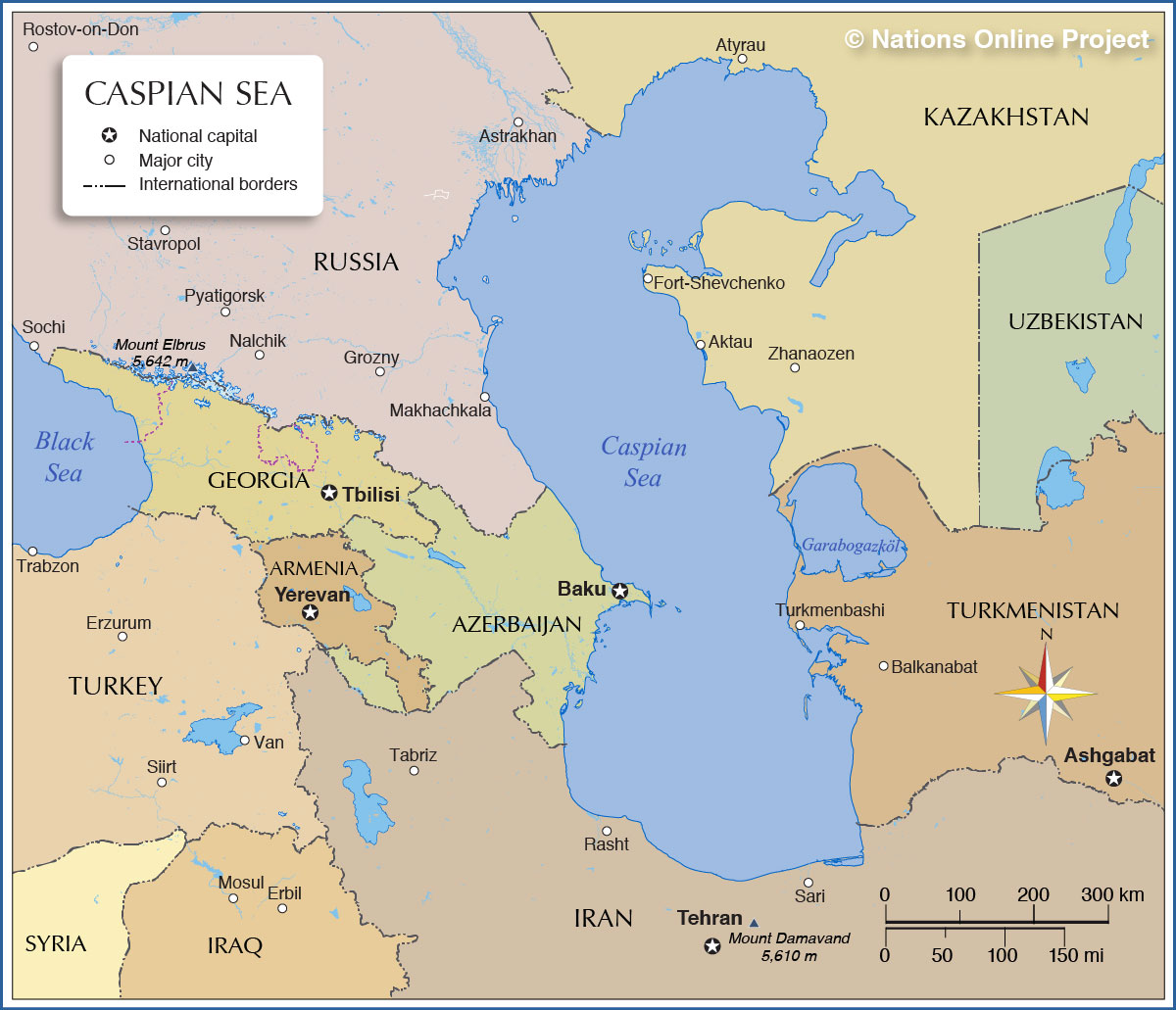
Deserts
The desert is a unique environment filled with a host of challenges. They feature in quite often in fantasy books. The sand city of Dorne from A Song of Ice and Fire springs to mind. They’re also quite easy to draw on your fantasy maps.
Here are a few things to keep in mind when including deserts:
- The standard definition of a desert is an area receiving less than 10 inches (or 250mm) of precipitation a year, i.e. rain, snow, sleet.
- Deserts are formed by the weather. A lack of moisture turns the land arid and dry.
- Most people assume that deserts are sandy, arid places, but in fact, the largest desert on earth is Antarctica, which receives around 200mm of precipitation a year.
- Deserts are not static, but rather change over time through a process known as desertification. This involves the desert expanding its borders. As an example, 1,000 square miles of Chinese land turns to desert every year.
- Some deserts are flat, consisting of rock and sand. The Sahara is one example. Others contain rocky mountains, such as those in North America.
- Deserts tend to cover vast areas and contain little life and low vegetation cover.
In the world map below you can see some of the hottest and driest deserts on earth. How could you apply this to your fictional map?

Forests
Forests are home to a lot of fantasy settings. Fangorn Forest in Lord of the Rings. Elvandar in the Riftwar Saga. Fantasy authors love forests. And on a fictional world map, they can look truly stunning.
Here are the guiding principles to do with how they form and the effect they have on the wider world.
- Forests can grow anywhere in which the temperature rises above 10 degrees Celsius during the warmest months and sees average rainfall (or precipitation in general) of more than 8 inches a year.
- The difference between a wood and a forest lies in the extent of the canopy. A forest has canopies covering over 10% of the sky. A wood’s is between 5 and 10%.
- The type of trees which grow in a forest is dependent upon the temperature, amount of rainfall, and soil.
- For example in cool, subpolar regions, hardy conifers like pines, spruces and larches, dominate the land. This type of forest is known as a taiga or boreal forest. They have long winters, with between 10 and 20 inches of rainfall a year.
- In forests of a warmer climate, the type of trees mix between conifers and broad-leaved deciduous trees (those which lose their leaves each year). The substrate here is mostly brown soil with sandy sections.
- Deciduous forests occur where the average temperature is above 10 degrees Celsius for at least six months of the year with precipitation above 16 inches. The types of trees found in these forests include elms, oaks, birches, maples, beeches, and aspens. The ground here is a brown soil, rich in nutrients.
- Tropical rainforests develop in more humid conditions. Heavy rainfall, about 100 inches per year, supports evergreens which possess broad leaves to capture light. The soil is rich in iron or aluminium which gives it a red or yellow hue.
Mountains and Volcanoes
Mountains make for a challenging and unpredictable setting, with howling winds and freezing temperatures. Think of all of the scenes featuring mountains where someone is thrown into oblivion below, grasping at the air as they descend.
The Vale in A Song of Ice and Fire is a kingdom surround by a mountain range. Even The Eyrie, its keep, is built on a mountain. Gandalf tried to lead the Fellowship over Moria, only to turn back. They provide obstacles to get around, challenges to overcome. And they make a great lair for bad guys. Here are a few things to keep in mind:
- Mountains are the foundations of life. They act as water towers, manipulating the weather to create rain and snow which in turn forms streams, which turn into rivers. Without them, there would be no drinking water and no habitats in which life can survive.
- There is no generally accepted definition for how tall a mountain has to be. Some say 1,000 feet, others 2,000. A chap named Roderick Peattie came up with a subjective definition which I’m quite a fan of. He said a mountain ought to be defined based on its ability to command attention, their impact on human imagination, and their individuality.
- Certain types of mountains can grow. Tectonic plate movement pushes the Earth’s crust upwards. Everest, for instance, grows around 4mm a year.
- Sticking with the types of a mountain, there are four in all: fold, block, dome, and volcanic. Most are found in groups, referred to as, you guessed it, ranges. The highest point is known as a peak or summit, the bottom the base.
- Block mountains. These form when a slab of land breaks off at a fault line in the crust and is forced up as two tectonic plates push together.
- Dome mountains. These occur when magma within the earth forces the ground upward. Like a nasty boil. The magma doesn’t break the surface.
- Fold mountains. These are the most common type of mountain and occur when two tectonic plates push against each other over many years, making more folds.
- These are vital to earth’s survival, providing chemical elements and minerals to water, the land and atmosphere. There are four types with differing appearances: shield (large with gentle slopes), stratovolcano (large with steep slopes), caldera (shaped like a cauldron), and cinder cone (a straight, steep mound). All but the cinder cone volcano tend to have more than one vent through which magma erupts. On Earth, more volcanoes exist beneath the ocean.
- Plateaus are creations of mountains. When one is formed, blocks of earth can drop and lie next to each other to produce flat land. The Tibetan plateau is one example.
- The length of mountain ranges can vary. The mid-ocean ridge, for example, is about 40,389 miles long.
Mountains accompany rivers in their significance when it comes to learning how to make a fantasy map. As we’ve seen, this is where rivers begin.
But not just that, mountains can help shape the climate of regions, so they can have a big bearing on the nature of your world. It’s for this reason that these geographical features are one of the most important when it comes to making fantasy maps.
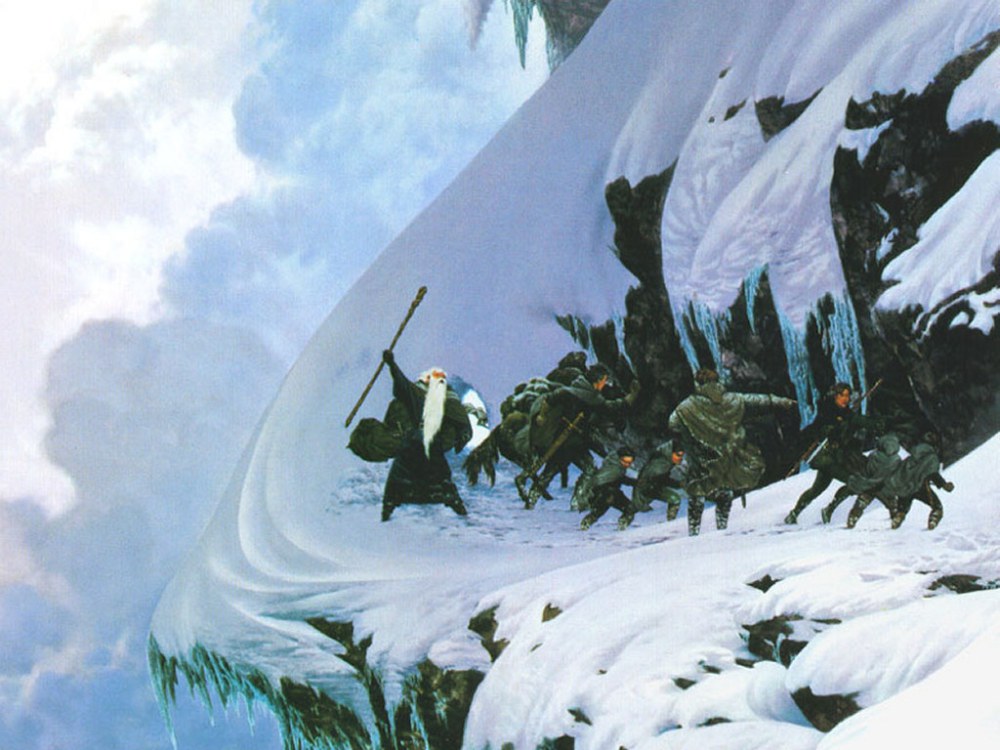
Hills And Valleys
In the vast plains in between our cities, mountains, rivers and other landmarks, there lie other features which bring life and richness to our worlds: hills and valleys. Throughout history, these points in the land have made for terrific tactical and defensive positions. Rome, for instance, was built on seven hills so invaders could be sighted from afar.
Hills can be overlooked on fictional maps but they’re quite literally everywhere. I walk up enough in Liverpool to know that much. Here are some key facst about hills and valleys:
- A hill is a piece of land with sloping sides which rises higher than everything around it. They’re usually less steep than a mountain. The top is also called the summit.
- Hills can form in a variety of ways. One natural way is the result of a geologic process known as faulting. The Earth’s crust shifts and moves and changes the landscape, forming hills. They can also form as a result of glacial activity.
- Hills are also formed by erosion, when bits of rock, soil, and sediment get washed away to form a pile. But just as erosion can create hills, it can destroy them too.
- Hills can be made by people. They go by the name of mounds.
- There are different types of hills: A drumlin is a long hill formed by the movement of glaciers. A butte is a steep-sided, flat-topped hill which stands alone in a flat area. A puy is a conical, volcanic hill.
- A valley is a depressed area of land, usually shaped like a ‘U’ or ‘V’, formed by the forces of gravity, water, and ice. Rivers and streams cut through valleys and are usually responsible for the ‘V’ shape. Glaciers form valleys by slowly creeping downhill, picking up rocks on their way down and grinding anything in its path. These usually leave a ‘U’ shape in their path. There’s another type of valley called a rift; giant, gaping formations where two pieces of the Earth’s crust have been separated. The Great Rift Valley is one example.

Wetlands
Swamps, bogs, mires, and marshes provide another interesting option when it comes to making fantasy maps. The Dead Marshes from Lord of the Rings is one example that pops to mind.
In my experience, they’re pretty underused and make for an intriguing, spooky setting. And if you’re the creative type, they can look amazing on an intricate map of the world. Here’s a bit about them:
- Wetland is the all-encompassing term for swamps, marshes etc. Wetlands are any bit of land saturated by water, where the water level is at, near or above the surface of the ground.
- Wetlands perform crucial functions, such as flood control and coastal storm buffers.
- Swamps are a common type of wetland. It’s an area of land permanently saturated or filled with water, some even covered by it. They come in two types: freshwater swamps, which are found inland, and saltwater swamps which are found, unsurprisingly, by coastal areas.
- Freshwater swamps: these form around lakes and streams. Cypress and tupelo trees are found in such places, along with Spanish moss which hangs from trees, and duckweed which covers the water’s surface. An example of a freshwater swamp is the Everglades.
- Saltwater swamps: form along tropical coastlines. Seawater pools during high tides over time. Usually, mangrove trees are found in these places.
Snow and Ice
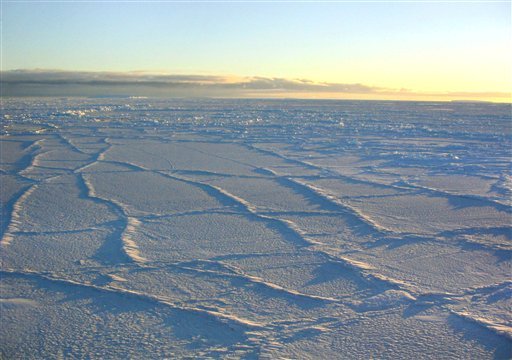
Beyond the Wall in A Song of Ice and Fire is a mysteriously appealing place, filled with giants, White Walkers, and dire wolves. It’s an iconic setting in the books and TV series. But how did it all come about? How did it get so cold? And how did all that ice form?
In looking at the history of Antarctica we can gain an understanding of the nature of these icy planes and how they occur:
- It’s not exactly certain how Antarctica was formed. Very helpful, I know. At one time, it was a land not dissimilar to the European Alps, with alpine mountains and all kinds of flora and fauna thriving there. Until it all turned a bit cold.
- The average depth of the ice covering the continent is about a mile thick. That’s one hell of a change.
- One leading theory is that a reduction in Earth’s carbon dioxide levels—thereby cooling the global temperatures—as well as changes in its orbit, caused a great degree of cooling. It led to glaciers forming on the land, which grew over millions of years.
- The position of the icy continent has a polar influence too, which is part of the reason for the nature of the north and south poles.
If you’re keen to add a tough, ruggedness to your fictional world, going for a cold, icy setting is a good way to go about it. Take a recent example from televison: True Detective: Night Country. It’s set in Alaska in winter. Before we even get to the characters, the setting has created conflict for our story, which is always a good thing.

How To Make a Realistic Fantasy Map
It’s not easy to make a fantasy map that’s realistic. We may spend what feels like an age trying to position a river correctly, linking them up with mountains and factoring in lakes. Likewise, we could get stuck trying to work out the most suitable climate for your fantasy world, or how that climate has shaped the evolution of your flora and fauna.
You could spend so long trying to design your fantasy world that you never actually get around to telling the stories that happen within it.
So here’s recommendation one—don’t worry too much about how realistic your world is. It’s fantasy after all. Tolkien, for instance, is well-known for disregarding the geographical laws that we know in our world. His stories turned out well enough.
But if you are keen on making a realistic fantasy map, study the rules we’ve covered here and do your best to follow them. If you decide to deviate, make sure there is a logical explanation—or at least one that you can explain using the laws of your world.
Planning Your World
Before you embark upon the process of making a fantasy map, it can help to plan out your world.
Creating an entire world from scratch is a daunting prospect. However, there are simple steps that you can take to achieve it. See my guide to worldbuilding for a detailed overview.
But in short, it can help to set out the physical settings of your world—whether it’s a desert, a wetland and so forth. And it can also help to look at some of the cultural aspects of your fantasy world too. So where the cities are located and how they’ve grown and developed in time to shape the landscape around them.
Armed with this knowledge, you’ll find it a lot easier to make a fantasy map.
How To Draw a Fantasy Map
It’s one thing to know how to make a fantasy map, it’s another to actually go ahead and draw it. If you’re a good drawer, then you may enjoy the process of designing your mp. Get a good eraser, some nice felt tipped pens for the detail, maybe even some high quality paper, and hand draw it as best you can.
However, if you’re at all like me that don’t have much artistic flare, you may end up growing frustrated with your efforts.
All I can say is, it definitely doesn’t have to be the best fantasy map ever made. It just needs to be a rough creation, one that contains all of the details you need and allows you to track your story as your characters move through your world.
You can always commission an artist to turn your rough creation into a work of art down the line. Using websites like Upwork and Fiverr can help you connect with artists, as well as look on websites like Deviant Art or in groups on social media
Another way you can make a fantasy map, as we’ll see in the next section, is to convert your drawing into a sleeker, digital version by using an online map maker.
To help you out further, why not check out YouTube? This video on sketching out landmasses for your map is great for helping you get underway:
Online Fantasy Map Makers
As I mentioned above, there are a number of online fantasy map makers that you can use to generate your world into digital form. Some of them are free, others you may have to pay for, but either way, the results can be particularly impressive.
And if you’re completely stumped for ideas when it comes to making a map, you can also use these tools to generate a random map which you can then weave your story around.
Here’s a quick rundown on some of the best fantasy map makers.
- Inkarnate – this is the fantasy map maker I use more than others. With a great free option, you can simply drag and drop all different kinds of elements into an empty space, or you can use it to randomly generate a world for you. The great thing about this writing tool is that you can also create fantasy city maps and battle maps, as well as maps of the world.
- Dungeon Fog – this tool is used more by gamers and creators of computer games. With access to lots of top quality images and assets, you can create a very detailed fantasy map.
- Worldspinner – this is a great tool for those who aren’t sure about the specifics of their world and want some help generating it. Simply select your elements and the type of map and world you want to create and Worldspinner will do the rest.
- Czepeku – Czepeku, the best place for buying DND battle maps according to some fans of the tabletop game, offers over 4,000 hand-drawn fantasy maps that can really elevate your roleplaying games.
Not long ago, I spoke with the brilliant team at Inkarnate about making fantasy maps with online tools and had the pleasure of speaking with two of the best cartographers on the platform, Tyndall Doodle and Dread Maps.
You can check out our interview in full here, and get lots of awesome tips and insights on making digital fantasy maps, as well as battle maps:
More Resources On Fantasy Worldbuilding
Below, you can find a host of resources on world building, exploring many different aspects to help you on your way.
- To learn more about what life was like for medieval peasants and lords, check out these two guides. Or head here to learn more about killer diseases of the middle ages.
- For more information on fantasy races, check this guide out.
- And for a more general guide on how to write a fantasy novel, head here.
- Click to learn how to start worldbuilding
- Or head here to download a world building template
- Click here for more worldbuilding resources
- Head here to learn about the writing community, r/worldbuilding
- Download a free worldbuilding checklist here
Here are some tools you may find useful when creating a fantasy map:
- A guide to cartography
- Here’s a step by step guide to drawing a fantasy map
More Guides On How To Make A Fantasy Map
For more on the craft of cartography, check out some of these great resources below:
- The Britannica guide to forests
- Awesome facts about forests – Greenpeace
- 5 things you might not know about mountains
- National Geographic guide to hills
- The Nat Geo guide to valleys
- A guide to swamps and wetlands
- Facts about oceans – NOAA
If you’d like any more help and guidance on how to make a fantasy map, please get in touch via my contact page
- 5 Tips to Help Your Child Learn and Succeed at Primary School - February 26, 2024
- The Advantages Of Using An AI Essay Typer Alternative - February 14, 2024
- Advice On Getting Help With Your Homework - January 26, 2024

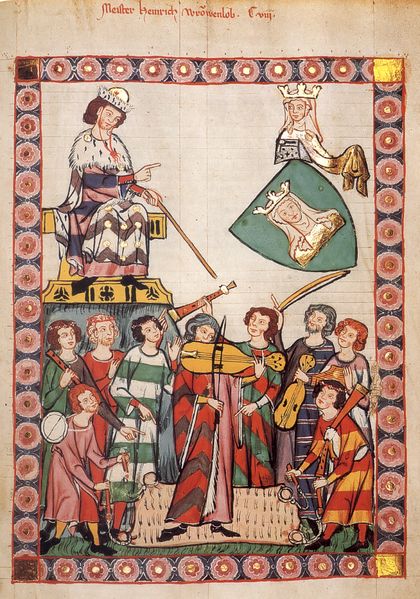
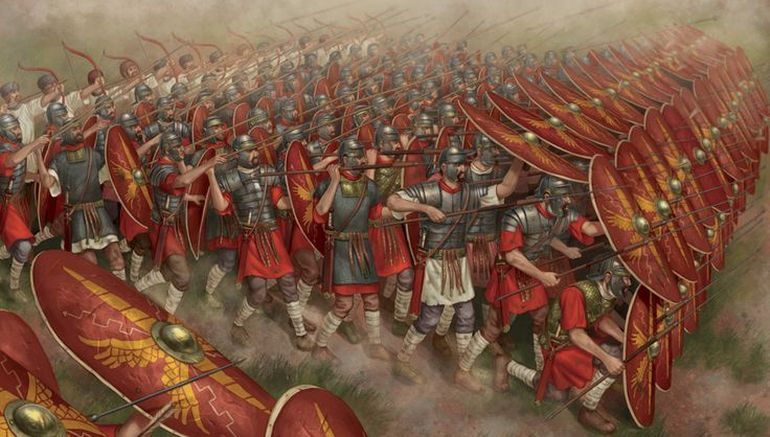

Hey! Where’s that map you made? I was waiting for it! 🙂 Or is it coming in part two? Also, this reminds me, I’ve yet to make that post about maps I said I would… Wait for it! 🙂
It’s under my artwork page. It’s only a small one. Yes! You need to do a post too!
Ah, dammit, I forgot! I’ve already asked you about that before, haven’t I? I’m sorry, I’m such a ditz sometimes! 😀 Anyway, it’s a very pretty map. And I appreciate that its scope is pretty small. More intimate that way. 🙂
Weather patterns come in handy sometimes too.
Good point! I may have to add that in part 2. Thanks for reading!
Excellent post. I’ve done a few maps of my setting, but I’m still experimenting with the details. Looking forward to more!
Thanks! That means a lot. And thank you for sharing and following too!
Reblogged this on Ethereal Seals and commented:
An article on mapmaking I found informative. Cheers. 🙂
Pingback: Making Maps: Part II – Richie Billing
Pingback: A Guide to Worldbuilding – Richie Billing
Pingback: Naming Fantasy Characters #AuthorToolboxBlogHop – Richie Billing
Pingback: Making Maps: Part II - Richie Billing
Pingback: The Life of the Medieval Lord - Richie Billing
As always, this site looks and screams with amazing insight and facts. Thank you for sharing it.
Thanks Elizabeth! I hope you find it useful!